Share :
Share :
Get to Know Nylon Injection Molding: The Basics in Ten Minutes
- Home
- > Blog
- > Get to Know Nylon Injection Molding: The Basics in Ten Minutes
Injection molding technology has been used to create durable and highly functional plastic parts since the 1930s, it can still seem like an impenetrable mystery to newbies.
This article will walk you through the basics of injection molding, how it works and why it is so great.
It will also get you started on the path to understanding how nylon injection molding can help your business or organization get its products manufactured quickly and affordably.
Read on to learn more!
What Is Nylon Plastic Material?
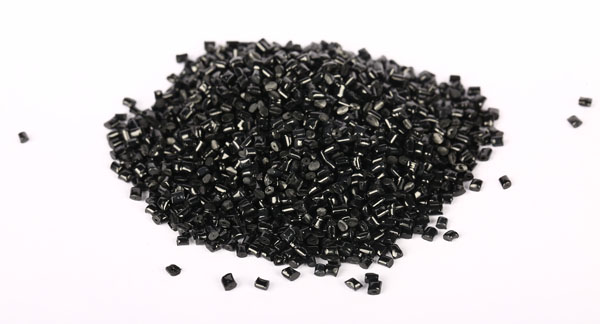
Nylon plastics are commonly used for many different purposes, including clothing, reinforcing rubber materials such as car tires, applications in use as ropes and threads, or even making plastic injection molded vehicle parts and mechanical equipment.
When it comes to nylon production, the injection molding process is typically the best method because of its strength and durability compared with other methods of production.
Furthermore, it is an efficient process that saves time and energy compared to other processes that can take days or weeks instead of hours!
What Are the Different Types of Nylon Plastic Material?
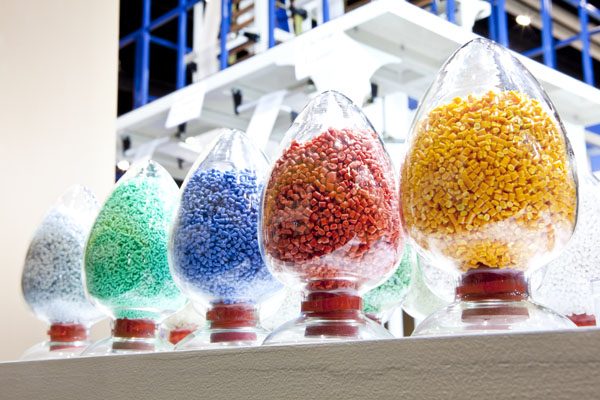
Despite being first invented and patented by Dupont’s Wallace Carothers three years earlier, Nylon 6 was produced in 1938, when a German research chemist named Paul Schlack employed an alternate technique for its production.
Many companies are producing nylon worldwide, each with its formulas and techniques.
The most common types of nylon are Nylon 6, Nylon 6/6, and Nylon 6/66.
The digits in the name for these plastics can range from 1-9 and correspond to how many carbon molecules there are between acid groups and amine groups.
A number such as 3 means there are 3 carbon atoms between an acid group and an amine group, which makes this a homopolymer.
Numbers such as 5 or 7 mean that there are 2 or 4 carbons between those 2 types of chemicals in this type of plastic, making this a copolymer.
In addition, the nylon material is also vulnerable to being adversely affected by exposure to UV rays, mainly from direct sunlight.
As a result, a UV stabilizer is usually added to the plastic before the plastic injection molding process.
What Are the Purposes of Nylon Injection Molding?
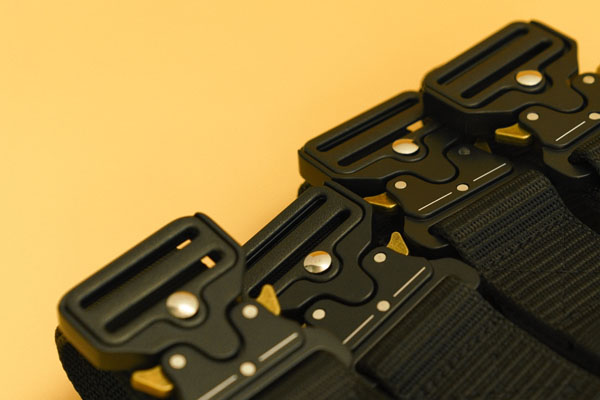
Nylon PA is especially strong, resistant to abrasions and corrosive chemicals, and durable. It can also stretch up to five percent of its length without losing shape or strength – making it an ideal material for car engine compartments.
Nylon plastic injection molding also works with other materials, such as carbon, to create intricate new gears. Now, we will look at how this composite gear was created by mixing nylon and carbon.
Nylon, most often labeled as nylon PA (a chemical designation, such as PA 6 or PA 6/PA 66), comes in three colors – black, white and its natural off-white.
Nylon 66 is one of the most common types of nylon because it can be processed through injection, making it a good candidate for plastic injection molding and 3D printing too!
However, one thing to note about this type of nylon is that its high melting point makes this material perfect for applications where the temperature might rise above average levels – like inside a car engine.
What Plastic Injection Molding Characteristics Does Nylon Have?
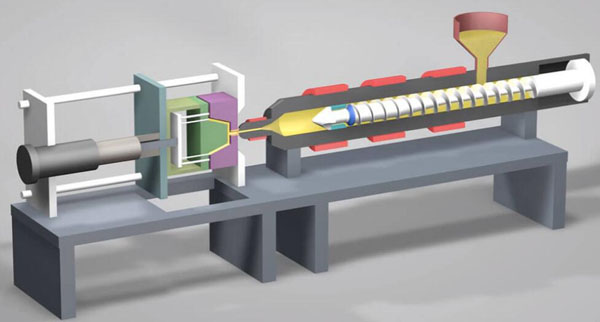
Now, what are the important things to note about injection molded Nylon Plastic? It is a synthetic polymer from many different sources, usually derived from petroleum or plant-based materials.
Regarding substances like this, they fall under thermoplastic–not thermosetting–materials because of their response to heat.
When heated to the melting point, these plastics will melt and turn into a liquid state. This allows them to be reused instead of thrown away.
One advantage is that these plastics will not degrade when overheated again – they will melt back down when cooled off, making them reusable.
In contrast, thermosetting plastics are only susceptible to one-time heating (particularly during the plastic injection molding process).
If heated for the first time, these plastics will harden and alter chemically, making them irreversible. But when they are heated again after setting (i.e., if you try to heat them again), they will combust immediately.
This defining characteristic makes up most of what constitutes thermosetting plastics – but only some of them!
Conditions of Nylon plastic Injection Molding Process
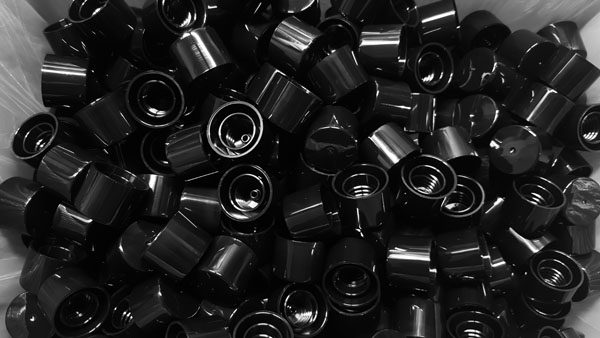
Nylon injection molding is a process that is used to form injection molded nylon products. It relies on heating and injecting the nylon plastic into a mold.
Once the plastic cools, it can be removed from the mold. Let us discuss the conditions of the Nylon plastic Injection Molding Process below:
- Melting Point
Nylon melts from 230°C to 280°C (446°F-536°F), while reinforced nylon grades melt between 250-300°C (482-572°F).
- Molding Temperature
Mold temperatures play a key role in determining the quality of the finished product.
At lower temperatures, crystallinity levels are lessened, but there is an increase in toughness and strength; this inverse becomes true at higher temperatures -strength and hardness improve while toughness deteriorates.
Additionally, if you use thermoplastics for thinner walls or parts with long flow lengths, do not exceed mold temperatures above 120 degrees Celsius (248 degrees Fahrenheit), or you risk having them melt too quickly.
Keep things under 30 degrees Celsius (86 Fahrenheit) for thicker walled components to prevent poor crystal formation. Lastly, higher mold temperatures are encouraged for glass-reinforced plastics because it requires greater heat, resulting in stronger yet tougher materials.
- Pressure
Usually, the pressure varies from 75 to 125 MPa (depending on the type of material used and the product’s design).
Difference between Nylon and Other Common Plastic Materials!
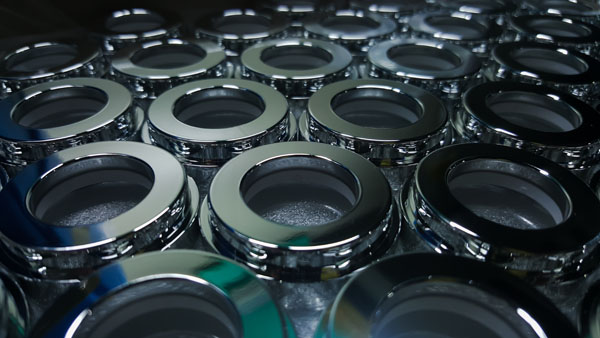
Nylon is a man-made polymer used to make clothing, ropes, fishing line, and more. It has several benefits that make it one of the most popular plastics for consumer goods.
It is strong enough to be used for things like carpets or upholstery, yet it is lightweight so that garments can be comfortable to wear.
Compared to other common plastic materials such as polyester or polyvinyl chloride (PVC), nylon has a lower environmental impact. That’s because PVC emits higher levels of VOCs (volatile organic compounds) than nylon.
And unlike polyester, which is made from petroleum products, nylon is made from natural gas and air – making it both biodegradable and recyclable.
These are just some of the many reasons why nylon is considered one of the best and most versatile types of plastics.
Chemical & Physical Properties of Nylon Plastic Injection Molding
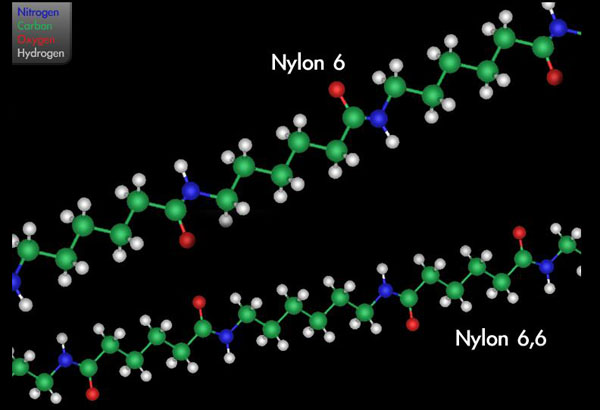
Regarding unreinforced nylon plastics, the average shrinkage rate is between 0.01 and 0.015 mm/mm (1–1.5%) inches per inch.
This can be reduced if there is an addition of glass fiber reinforcements which can give a much lower shrinkage rate in the flow direction, but it will only reduce shrinkage in the cross-flow direction to about 1%.
The main factors which affect this post-molding shrinkage rate are crystallinity and moisture absorption levels, as well as other conditions such as part design, wall thickness and processing environment.
Applications of Nylon plastic injection moulding

Nylons are a type of synthetic polymer often used for fashion because of their strength, elasticity, and durability. The material is also used in many other industries such as automotive, aerospace, military, chemical processing, construction and medical supplies.
Nylons are often blended with different materials to create different colors or textures. A common nylon blend is polyester, which creates a glossy finish that doesn’t easily show dirt.
Another blend is cotton, which creates a softer feel but has less elasticity than pure nylon.
Nylon is also used as plastic in manufacturing machine parts.
Further, we will discuss Nylon 6 and Nylon 66 uses.
Nylon 6 can be found in modern-day textiles such as ropes, toothbrush bristles, and various other products that need the strength and elasticity inherent to this fabric.
You’ll find it in clothes made from lace-like fabrics like pantyhose or organza, too – thanks to its shiny surface, which sets it apart from all other materials used for these things.
Nylon 6.6 has several different properties, including its high degree of durability and tear-resistant capabilities.
At higher weights, it can be seen in car parts such as airbags and parachutes, which need to hold up against immense forces when deployed.
It is also found in clothes at lighter weights that need high elasticity levels – perfect for athletes and those who work outside all day long.
Conclusion
Nylon injection molding is a popular process for producing consumer goods. This process involves melting point nylon pellets and forcing the material into a mold.
When the nylon cools and hardens, it creates an intricate design that can be used for various applications.
Considering this manufacturing process, knowing the basics is helpful before moving forward with your project. For starters, you should understand how durable nylon injection molding products are and what they are typically used for.
You will also need to figure out which type of project you want to tackle (i.e., creating a prototype or manufacturing items en masse). Once your plan is set up, it is time to find the right manufacturer and start!
Fow Mould, a professional manufacturer of plastic injection molds and injection molding service provider, is engaged in the manufacturing and processing various plastic injection molds.
So, if you are looking for nylon injection molding, Fow Mould is your best option. They have great experience in Nylon injection molding with many successful projects completed.
Fow Mould’s highly qualified staff will provide all clients with high-quality products and professional services that meet and exceed customer expectations.
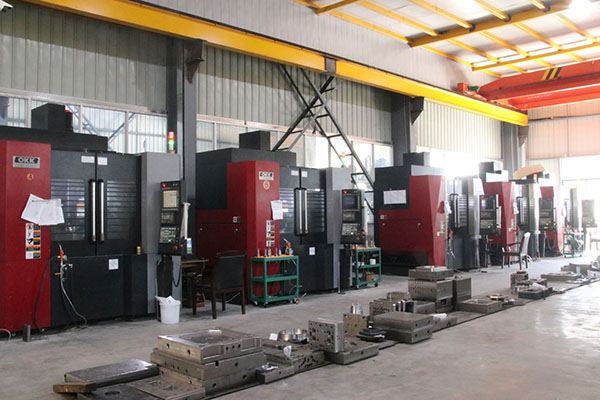


Share to:
